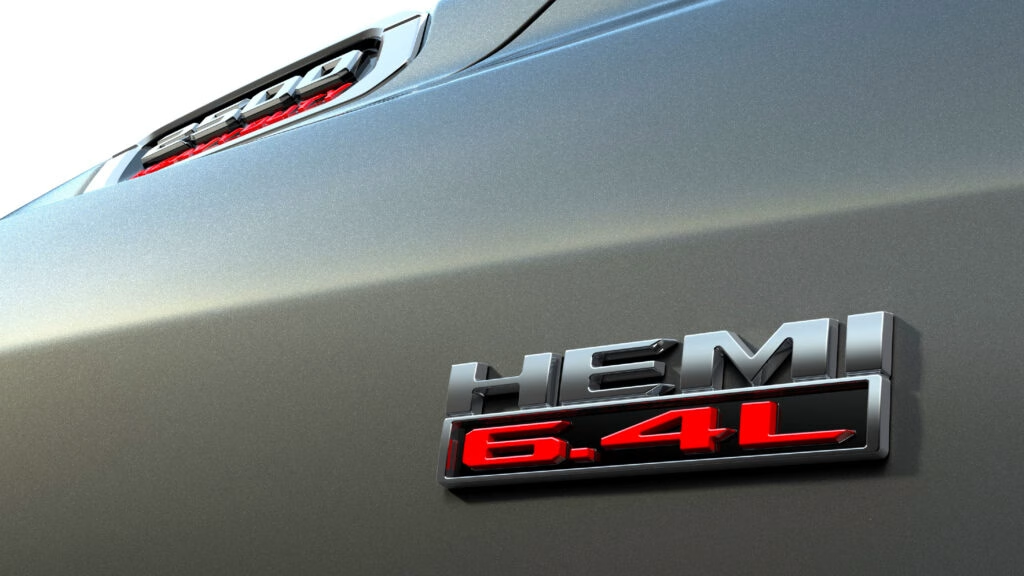Why Did Ram Bring Back the Hemi V8 After Dropping It?
If you’ve ever talked trucks with a Ram owner, you know the Hemi V8 isn’t just an engine—it’s a badge of honor. So when Ram decided to drop its iconic Hemi V8, it wasn’t just a technical decision. It was a gamble with the brand’s soul. The company risked losing about 30,000 sales a year, according to Ram CEO Tim Kuniskis. That’s not a rounding error. That’s a chunk of loyal customers who see the Hemi as part of their identity, not just a spec on a window sticker.
Ram’s attempt to pivot to the new Hurricane inline-six—a technically superior engine in many ways—was met with a wall of resistance. Truck buyers, especially in the U.S., are fiercely loyal. For them, the V8 rumble is more than nostalgia; it’s a statement. The Hurricane might be more efficient, but it can’t replicate the visceral experience of a Hemi. The result? Ram had to swallow its pride and bring the V8 back, because the market wasn’t budging.
How Did Customers React When the Hemi Returned?
The response was immediate and overwhelming. Within 24 hours of the Hemi’s return, Ram logged over 10,000 orders. That’s not just pent-up demand—it’s a clear message. Buyers are willing to pay extra, too. Unlike Ford, which often includes its V8 at no additional cost, Ram charges $1,200 for the Hemi option. And still, customers lined up.
This isn’t just about horsepower or towing numbers. It’s about the emotional connection drivers feel when they fire up a V8. Ed Kim, President and Chief Analyst at AutoPacific, summed it up: Americans associate truck performance with V8 engines, and Ram buyers in particular “really, really, really love the idea of having that big American V-8 under the hood.” The numbers back him up—Ram expects about 40 percent of its buyers to opt for the Hemi, a take rate that dwarfs Ford’s and even edges out some GM offerings.
What Does This Say About Brand Loyalty and Identity?
Truck buyers are a different breed. Loyalty in the segment runs as high as 75 to 80 percent, according to industry data. That’s almost unheard of in other automotive categories. For many, the phrase “It’s got a Hemi” is shorthand for authenticity, power, and tradition. Even people who don’t know the technical details recognize the name.
Ram’s experience highlights a broader truth in the auto industry: brands can try to lead the market, but sometimes the market leads them. Stellantis, Ram’s parent company, tried to spin the Hemi’s departure as progress. But the backlash proved that some icons can’t be replaced by newer, more efficient tech—at least not yet.
Are There Real-World Consequences for Automakers Who Ignore Their Core Fans?
Absolutely. Ram’s near-miss is a case study in what happens when a company underestimates the emotional bond customers have with a product. The projected loss of 30,000 sales per year wasn’t just a theoretical risk. It was a real threat to Ram’s bottom line and reputation. The quick flood of orders when the Hemi returned shows that buyers are willing to vote with their wallets.
It’s also worth noting that Ram isn’t alone in this struggle. Ford and GM have faced similar challenges balancing innovation with tradition. Ford’s V8 take rate for the F-150 hovers around 25 percent, while GM offers multiple V8 options to keep its loyalists happy. The lesson? Ignore your core audience at your own peril.
What’s the Big Takeaway for Truck Fans and the Industry?
The Hemi V8 saga isn’t just about one engine or one brand. It’s a reminder that in a world obsessed with progress, there’s still room—maybe even a need—for tradition. For many buyers, the sound and feel of a V8 can’t be replaced by turbochargers or inline-sixes, no matter how advanced.
The big takeaway? Truck loyalty isn’t about perfection—it’s about smarter adjustments. Start with one change this week, and you’ll likely spot the difference by month’s end. Sometimes, listening to your customers is the most powerful move a brand can make.

